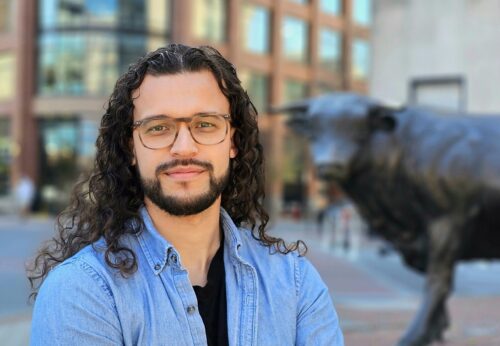When Julian Cortes was eight years old, his father began receiving death threats from corrupt individuals who worked in his company. Fearing for their safety, the family moved from their native Colombia to Redmond, Washington. “We came on tourist visas and when those expired, we were undocumented,” Cortes says.
The Cortes’ lived in the shadows, on the fringes of American society. And yet, from the very start, they began contributing actively to their new home. “One of the first things my dad did when we arrived to the United States was get his tax identification number so he could start paying taxes,” he says. Cortes himself was inspired to give back. “I wanted to give back to the community that welcomed me so warmly when I was a newcomer,” he says. He spent four years pursuing a teaching degree, while knowing he might never be able to participate in the formal economy. “But education is my passion, my calling, so I decided to pursue it.”
I wanted to give back to the community that welcomed me so warmly when I was a newcomer.
It was only in 2012, during Cortes’s final year of college, that this uncertainty lifted. That year, Barack Obama implemented DACA (Deferred Action for Childhood Arrivals), a policy that exempted certain undocumented youth who came to the United States as children from deportation and allowed them to receive a renewable work permit.
“When DACA was passed, I felt like I’d been handed the winning lottery ticket,” Cortes says, “I would finally be able to do something that would make my parents’ sacrifices worth it.” DACA allowed Cortes to be “part of the system” and make a positive impact in the community he grew up in. Today, the 25-year-old is a fifth-grade teacher in the same district where he attended elementary school. “The classroom is such an important space for the development of empathy and I always challenge my students to look at all sides of a story,” he says.
Cortes recently married an American citizen, which allowed him to obtain a green card — and the certainty that he will be able to continue living and working in his hometown. Still, he is acutely aware of the importance of a federal immigration reform. “We need to resolve the issue,” he says, “we owe it to ourselves and to the next generation.”



